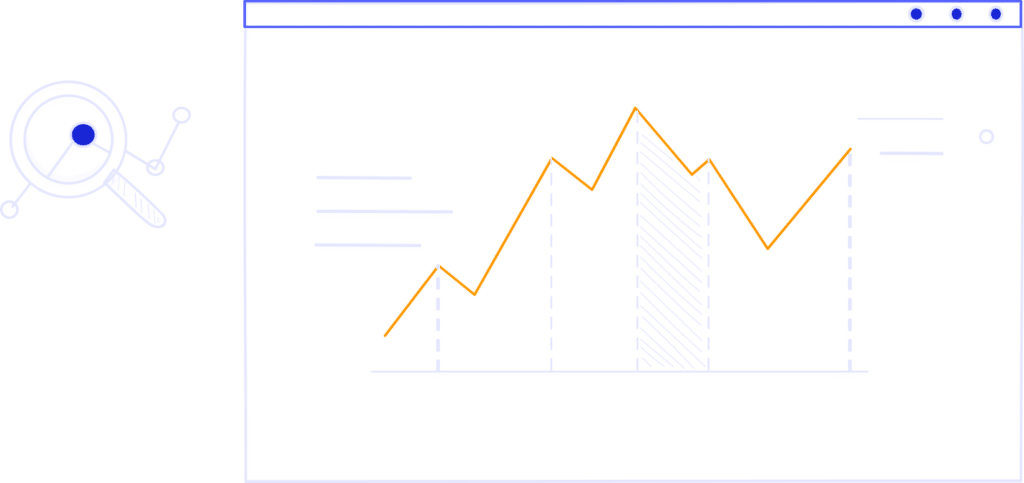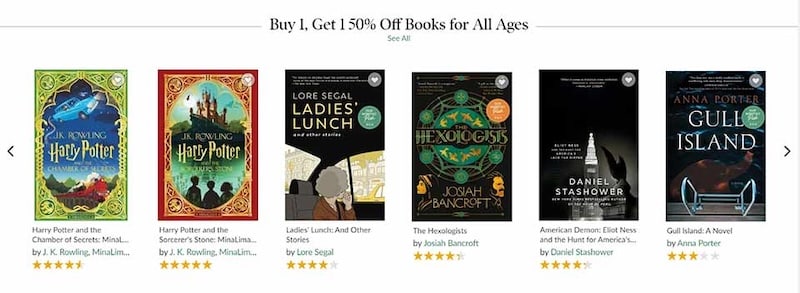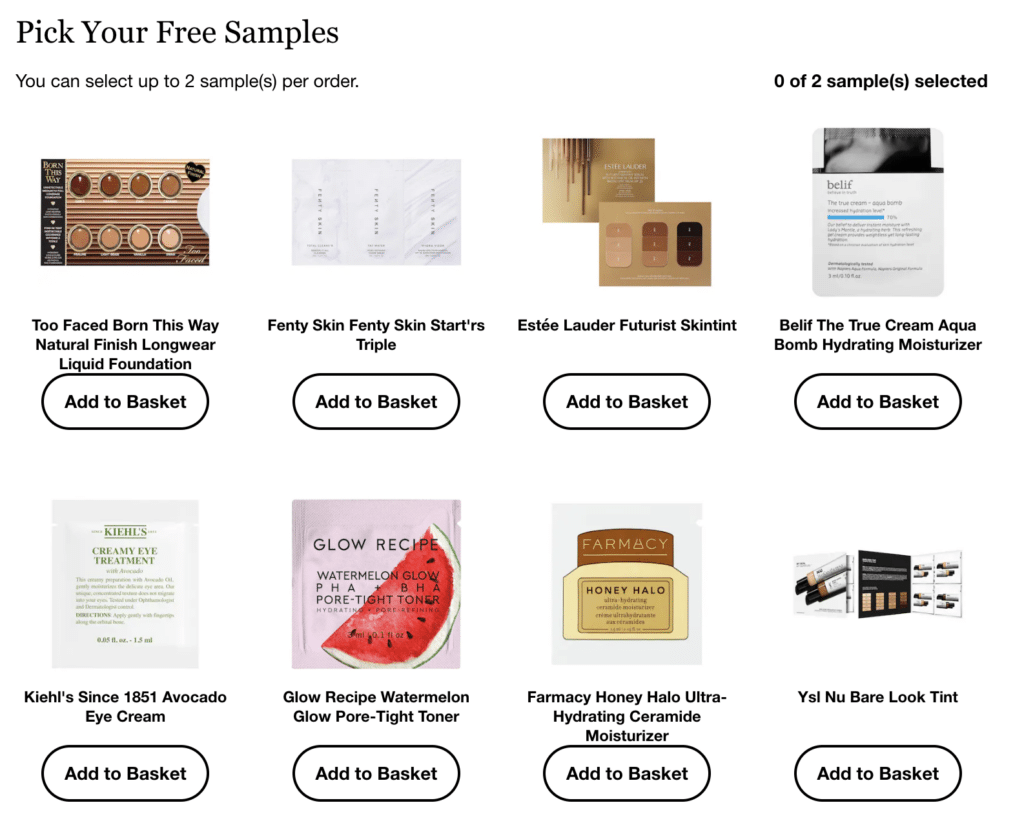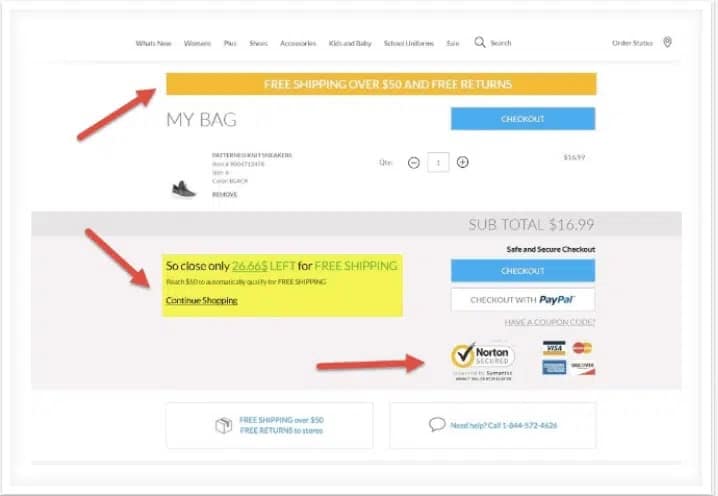Spotted some trust issues on your site? No problem—you can still boost visitors’ confidence with incentives.
Incentives are a great way to ease fears, uncertainties, and doubts (FUDs) and keep visitors moving toward conversion. Even if your site has flaws, the right incentives can make people overlook them.
Think about it: If you’re choosing between two stores for a new notebook—one well-known and reliable, the other unknown but offering a 20% discount—you’ll at least pause to consider the deal.
This article covers how to create compelling incentives. We’ll explore three categories, give examples, and compare their economic and emotional impact to help you pick the best fit for your business.

What are Incentives?
Incentives are rewards or motivators that encourage people to take action—whether making a purchase, signing up for a service, or engaging with a brand. In e-commerce and digital marketing, they’re used to reduce fears, uncertainties, and doubts (FUDs), increase conversions, and boost customer loyalty.
Think of it like this: every purchase decision combines logic and emotion. Incentives tip the scale by making an offer feel more valuable or urgent.
While discounts are standard, they aren’t the only way to motivate buyers.
For example, moral incentives can drive purchases by linking them to a cause. Instead of just offering discounts, brands can donate a portion of sales to charity. During the COVID-19 pandemic, many companies pledged to support frontline workers or food banks for every purchase, motivating customers to buy while contributing to a good cause.
Customer loyalty programs are another famous type of incentive. However, for this article, we will discuss the three main types of incentives to enhance the customer journey and increase your website’s conversion rate.
Although engagement tactics promote store loyalty, these incentives still have the most decisive influence on the buying process.
Three Main Types of Incentives For Online Businesses
There are three main types of incentives to get more conversions and skyrocket your business online:
- Price-based incentives: Discounts, free shipping, or bundled offers.
- Scarcity incentives: Highlighting limited stock or exclusive items.
- Urgency incentives: Limited-time deals or countdown timers to create a sense of urgency.
Using the right mix of these can improve conversions and drive more sales. Let’s discuss them in more detail.
1. Price-based Incentives

Price-based incentives are financial factors that motivate and persuade buyers to take action and complete a purchase. The special pricing provides users with financial gain with their purchases.
They’re simple, easy to understand, and tap into a customer’s desire to get a good deal. These incentives offer special pricing, such as discounts, free shipping, or bundled offers. The goal is to make visitors feel like they’re getting more value than expected.
Price-based incentives impact consumers’ purchase decisions by affecting the perceived economic and emotional outcomes.
Some price-based incentives you can use:
- Discounts and savings: Discounts—whether percentage-based (e.g., 20% off), fixed-amount discounts (e.g., $10 off), coupon codes, or sitewide sales—are a direct way to incentivize purchases. Offering a discount is a proven way to boost conversions. Research shows 64% of consumers are likelier to buy when they see a discount. Many beauty and clothing brands offer discounts on special occasions to boost sales.

Buy-one-get-one-free opportunities: This classic offer increases perceived value by giving customers an extra product at no additional cost. It’s especially useful for clearing inventory and encouraging bulk purchases. For example, Barnes & Noble offers BOGO deals where customers can buy one book and get another at 50% off. Some promotions are time-limited to create urgency, while others last until stock runs out.

Free shipping: Shipping costs are one of the biggest reasons for cart abandonment. Free shipping—especially with a minimum purchase amount—can remove this friction and push customers to complete their orders. There’s a reason Free shipping is the number one incentive for online shopping for 9 out of 10 consumers or visitors. Even Amazon Prime built its entire value proposition around free shipping, turning it into a major customer retention strategy.

Freebies: Offering a free item with a purchase makes customers feel like they’re getting extra value. It can also introduce them to new products. For example, Sephora gives customers free beauty samples with orders, increasing conversions and encouraging repeat purchases.

Product bundling: Bundling products at a discounted price encourages customers to buy more while feeling like they’re saving. This works particularly well for complementary products. McDonald’s meal combos are a textbook example of bundling—customers get a burger, fries, and a drink for less than buying each item separately.

Pro tip: Using incentives alone won’t automatically boost sales—how you present them matters. If your offer isn’t eye-catching, visitors may ignore it.
For example, we worked with a billion-dollar company to improve their conversion rate using incentives. One key change was making their free shipping banner more noticeable using a larger font, a contrasting background, and a prominent top placement. This simple adjustment led to a 6.89% increase in conversions.
Here’s a comparison of the banner before and after the adjustments:


The takeaway? Ensure your incentives stand out within seconds to maximize their impact.
Price-based Incentives vs. Value Proposition
Many marketers mistake incentives for a company’s unique value proposition. However, incentives—like free shipping or a 10% discount—are short-term motivators, not the foundation of a brand’s identity.
A value proposition defines what sets your business apart in a competitive market. It’s the core reason customers choose you over others. Conversely, incentives enhance the shopping experience and encourage conversions but do not define your brand.
For example, Bombas, a sock and apparel company, has built its value proposition around the mission of giving back. For every pair of socks purchased, they donate a pair to someone in need.

Customers don’t just buy Bombas for the product; they buy into the company’s commitment to social good. While Bombas offers occasional discounts or incentives, its unique social impact mission differentiates it and creates lasting loyalty.
In summary, Incentives help close the sale, but your value proposition attracts customers first. To build long-term success, focus on what makes your brand unique and use incentives to reinforce that value.
2. Using Scarcity Incentives to Increase Online Conversions
The secret to boosting conversions lies in understanding your visitors’ psychology. Scarcity is one of the most powerful ways to influence behavior. When visitors perceive an item as being in limited supply, they’re more likely to act quickly.
The Psychology of Scarcity
Scarcity creates a sense of urgency. When visitors see that only a limited number of products are available, they feel pressured to purchase before someone else does. This psychological trigger taps into the fear of missing out (FOMO) and can drive immediate action.
It could be through limited stock, time-limited offers, or exclusive access, all heightening the fear of missing out and encouraging customers to take immediate action.
How can you use scarcity-based incentives to enhance conversion rate optimization? Here are some ways:
Limited stock alerts: Showing low stock availability can create urgency. Customers who see only a few items left are more likely to complete a purchase rather than risk missing out. For example, here’s a clothing platform that combines low-stock alerts with discounts to entice potential customers to purchase quickly.

- Exclusive access: Exclusivity makes customers feel special. Offering products, discounts, or content to a select group or for a limited time makes customers feel like they’re getting in on something unique. Amazon Prime Day capitalizes on exclusivity by offering special discounts only for Prime members, creating both scarcity and exclusivity at once.
Pro tip: Personalize the scarcity in your marketing campaigns. Use targeted messaging to show urgency for specific visitors (e.g., “Hurry, only 2 items left in your size”) and boost the number of satisfied customers.
3. Using Urgency-based Incentives to Increase Your Website Conversions
Like scarcity-based incentives, urgency-based incentives also tap into the fear of missing out (FOMO) and encourage visitors to take action quickly. But they do so in different ways.
The key difference here is between time and quantity.
Urgency-based incentives create FOMO using time. They focus on time limits to push customers to act quickly. For example, a flash sale that ends in 24 hours or a countdown timer on a discount.
On the other hand, scarcity-based incentives create FOMO using limited quantity. They make customers feel that a product is in short supply and may run out. For example, a product page saying, “Only three left in stock!”
Here are some ways to use urgency-based incentives to increase your conversion rates:
- Time-limited offers: Offering a discount or deal that expires in a short period can create a sense of urgency. Customers don’t want to miss the deal, so they will likely buy immediately.
Flash sales: These are short, sudden sales that last only for a few hours or a day. They tap into urgency, encouraging customers to act quickly for the best price. Zara frequently runs flash sales with limited-time pricing on trending items, prompting quick purchases and increasing impulse buys.

- Real-time indicators: Displaying indicators like “X people are viewing this product” or “Y items have been sold in the last hour” plays on the urgency of real-time social proof. Seeing others interested in the same product can drive customers to act faster.
- Special event discounts: Discounts tied to special events or holidays—like “Black Friday” or “Cyber Monday”—create a sense of urgency for shoppers who want to score deals before the event ends. What’s more, customers anticipate these discounts well in advance, making them take action quickly.
Pro tip: Highlight the urgency—use countdown timers or limited-quantity alerts to reinforce the message that time or stock is running out. That said, too many countdown timers on your site can overwhelm customers, so use them strategically on high-conversion pages, like product or checkout pages.

Know exactly what’s stopping conversions —and how to fix it.
Conclusion: Using Incentives for Conversion Optimization
Incentives are essential to boosting sales and easing customers’ hesitation to make the final purchase. You can create offers that make website visitors take desired action by strategically using price-based, scarcity-based, and urgency-based incentives.
- Price-based incentives (discounts, free shipping, bundling) provide immediate financial value, making purchases more attractive and increasing the average order value.
- Scarcity-based incentives (low-stock alerts, exclusive access) create FOMO by emphasizing limited availability.
- Urgency-based incentives (countdown timers, flash sales) push customers to act quickly by imposing time constraints.
While scarcity and urgency create FOMO in your target audience, they do so slightly differently. Scarcity produces a feeling of competition against other visitors. In urgency, instead of competing against other potential consumers, the visitor must meet your deadline to take advantage of the incentive.
Both boost conversions but lose impact if overused or misused. Fake urgency or scarcity can harm trust and credibility.
Use incentives wisely—balance them with a strong value proposition. While incentives drive quick purchases, a solid brand builds long-term loyalty for future purchases. Keep them clear, strategic, and aligned with your goals for maximum impact.



